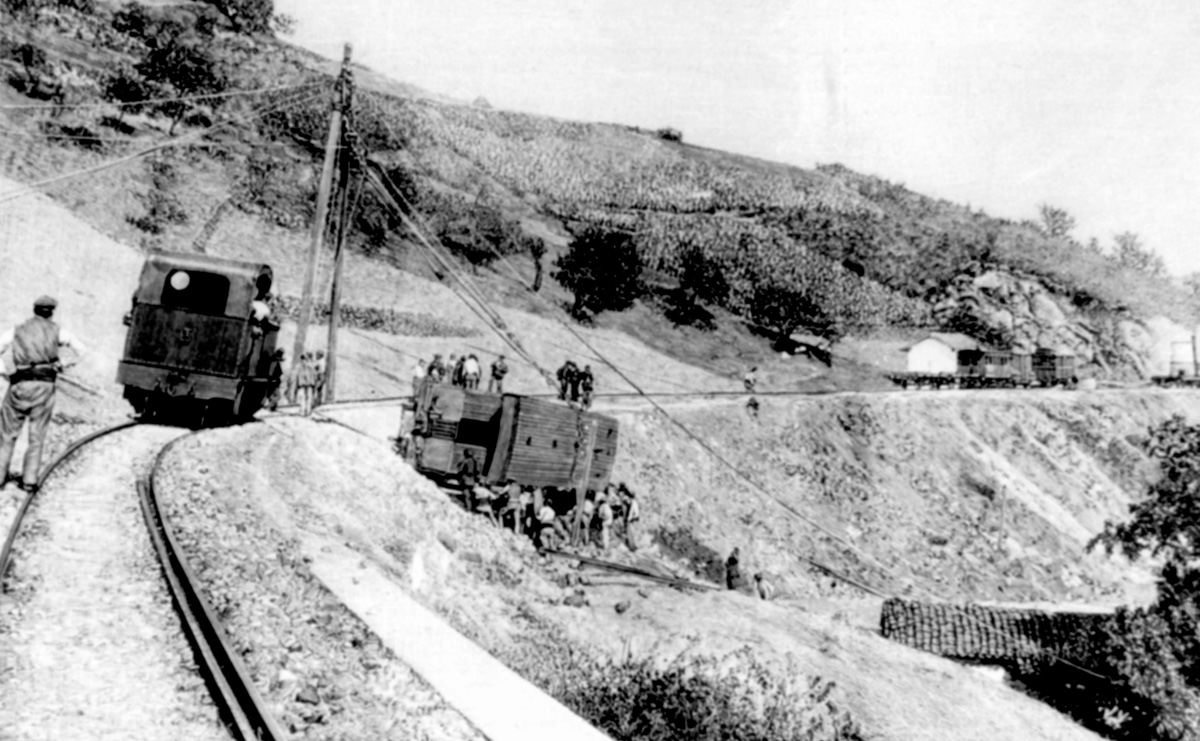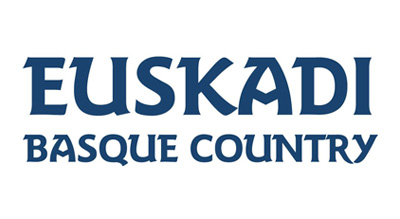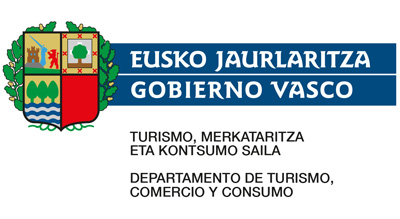Kadagua Greenway
History of the Railway
 The Kadagua is a watercourse that links the Burgos region of La Merindades with the Nervión. A 70-km-long river that was accompanied by trains along its last 45 km. Moreover, there were even to parallel lines in the last 30 km, one on each side of the river, both of which were metric gauge.
The Kadagua is a watercourse that links the Burgos region of La Merindades with the Nervión. A 70-km-long river that was accompanied by trains along its last 45 km. Moreover, there were even to parallel lines in the last 30 km, one on each side of the river, both of which were metric gauge.
The first rails arrived in Balmaseda from Bilbao in 1890 thanks to the railway known as "Ferrocarril del Cadagua." This line, built by Basque businessmen, was clearly directed towards travellers and enjoyed success from the very beginning. So much so that in 1896 its promoters put into service a line that, from its station in Aranguren, connected with Santander via Solares, which further validated the initiative’s success.
A couple of years later, in 1892, other metric rails arrived in the area. They belonged to the so-called "Ferrocarril de La Robla," a huge coal railway that transported this fossil fuel from the deposits in the north of Burgos, Palencia and León to the Basque steel industry. For this last section, La Robla to Bilbao, an agreement was reached with the "Ferrocaril de Santander-Bilbao" (that first railway of the Cadagua) to route its trains along the left bank of the Nervión in order to use the existing tracks. But things did not go well, and La Robla preferred to give up that line and make its own itinerary along the right bank of the river in 1911.
And that remained the case until 1972, when the FEVE public company took over La Robla. This company already operated the Santander-Bilbao route, which put an end to that uneconomical duplication of lines, resulting in the closure of that last section between Balmaseda and Iráuregi, which is where this greenway section of greenway is now located.



